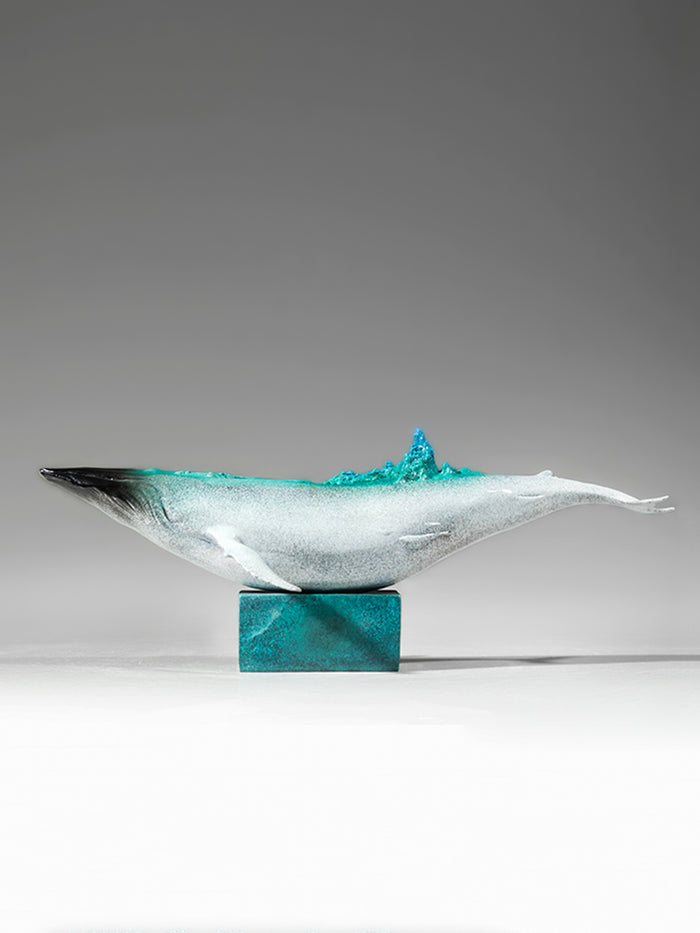Chinese Handicrafts: A Timeless Tradition of Artistry

# Chinese Handicrafts: A Timeless Tradition of Artistry
## The Rich Heritage of Chinese Crafts
Chinese handicrafts represent a vibrant tapestry of cultural heritage that has been woven over thousands of years. From delicate porcelain to intricate embroidery, these art forms showcase the remarkable skill and creativity of Chinese artisans. The tradition of Chinese crafts is not merely about creating beautiful objects; it’s a living connection to China’s profound history and philosophical traditions.
## Porcelain: The White Gold of China
Chinese porcelain, often called “china” in the West, stands as one of the most celebrated contributions to global art history. The techniques developed during the Tang (618-907) and Song (960-1279) dynasties reached their zenith during the Ming (1368-1644) and Qing (1644-1912) periods. The famous blue-and-white porcelain, with its cobalt designs on a white background, became highly prized worldwide and influenced ceramic traditions across continents.
## Silk Embroidery: Threads of Elegance
Chinese silk embroidery is another masterpiece of traditional craftsmanship. With origins dating back to the Warring States period (475-221 BC), this art form developed distinct regional styles. The four major schools – Suzhou, Hunan, Guangdong, and Sichuan – each developed unique techniques and aesthetic characteristics. Double-sided embroidery, where the design appears identical on both sides of the fabric, represents one of the most technically demanding forms of this art.
## Paper Cutting: Folk Art in Scissors
The folk art of Chinese paper cutting (jianzhi) demonstrates how simple tools can create extraordinary beauty. Using just scissors or knives, artisans produce intricate designs that often symbolize good fortune, happiness, or longevity. These delicate cuttings traditionally adorned windows during festivals, particularly the Spring Festival, creating patterns of light and shadow that transformed ordinary homes into galleries of folk art.
## Cloisonné: The Jewel of Metalwork
Cloisonné enamel work combines metalworking and ceramic techniques to create vibrant, jewel-like objects. Developed during the Yuan Dynasty (1271-1368) and perfected in the Ming period, this technique involves creating compartments (cloisons) with thin metal strips, then filling them with colored enamel pastes before firing. The resulting objects – vases, bowls, and decorative items – display brilliant colors against gleaming metal outlines.
## Lacquerware: Layers of History
Keyword: Chinese crafts
Chinese lacquerware represents one of the oldest continuous artistic traditions, with artifacts dating back to the Neolithic period. Made from the sap of the lacquer tree, these objects undergo numerous layers of application and polishing, sometimes incorporating inlaid mother-of-pearl or carved designs. The labor-intensive process can take months to complete, resulting in objects of remarkable durability and beauty.
## The Living Tradition
Today, Chinese crafts continue to evolve while maintaining their traditional essence. Contemporary artisans blend ancient techniques with modern designs, ensuring these art forms remain relevant in the 21st century. Government initiatives and growing international appreciation help preserve these crafts, while master artisans pass their knowledge to new generations through apprenticeship systems.
From imperial workshops to village homes, Chinese handicrafts tell the story of a civilization that has long valued beauty in everyday life. These art forms are not merely relics of the past but living traditions that continue to inspire and captivate people around the world.